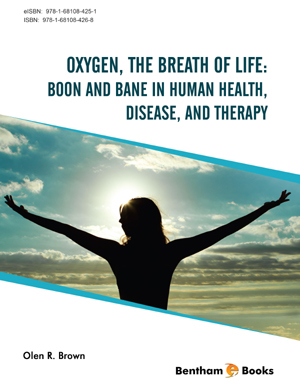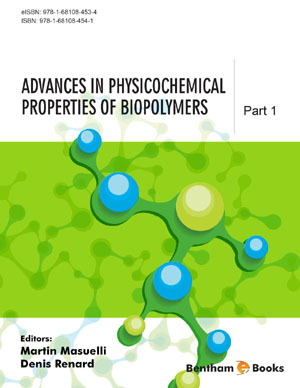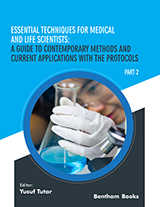Abstract
Oxygen was first isolated by Carl Scheele, officially discovered by Joseph Priestly (because he published first), and named by Antoine Lavoisier. Air had historically been known to be required for both animal respiration and for combustion. With the careful laboratory work of Lavoisier, involving weighing and measuring, air was discovered to not be a single element but was found to be composed primarily of two gases, one of which was oxygen in the proportion of about 20%. Priestley published that in a sealed chamber this “pure form of air” (later named oxygen by Lavoisier), was what kept the mouse alive in his experiment. The work of Priestley and Lavoisier disproved and overthrew the Phlogiston Theory which speculated that a substance “phlogiston” was present in air which after combustion became dephlogisticated. The discovery of oxygen as an element and its roles in animal respiration and in combustion, were seminal events in the period of the late 1700s when chemistry transitioned from a largely “black art” (alchemy) to science. Thus, in addition to being essential to life (certain bacteria are exceptions), oxygen had a significant role in the development of modern chemistry.
Keywords: Air, Albert Szent-Gyorgyi, Benjamin Franklin, Bomb calorimeter, Burning, Calorie, Carbon dioxide, Carbonation, Combustion, Dephlogisticated air, Father of chemistry, Guinea pig experiment, Isolation-purification, Lavoisier, Linus Pauling, Marie-Anne Pierrette Paulze, Mouse experiment, Oxidation, Oxygen, Phlogiston, Priestley, Pure oxygen, Rubber eraser, Scheele, Scurvy, Second Law, Unitarian minister, Vitamin C.

















